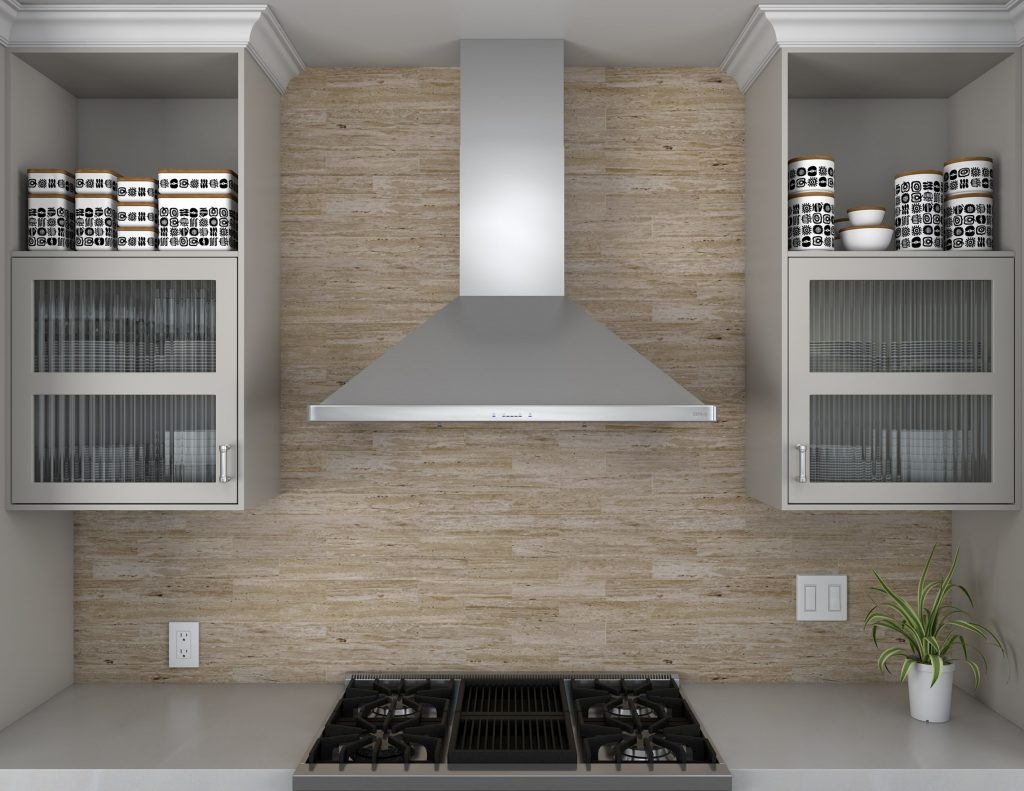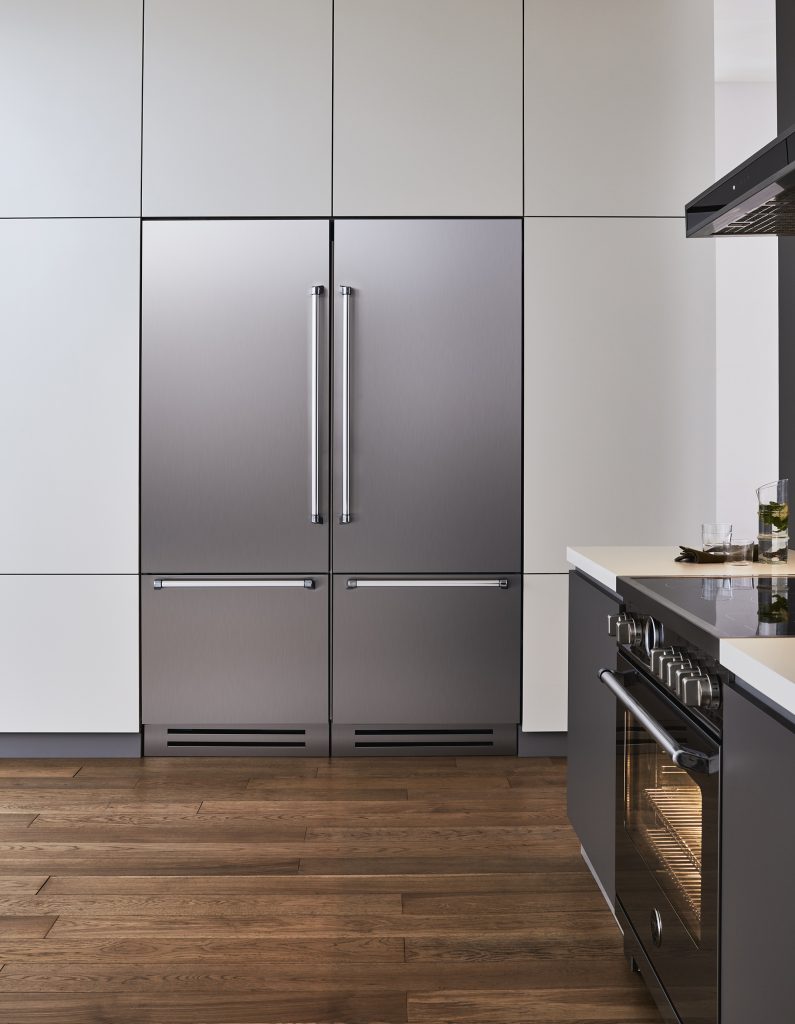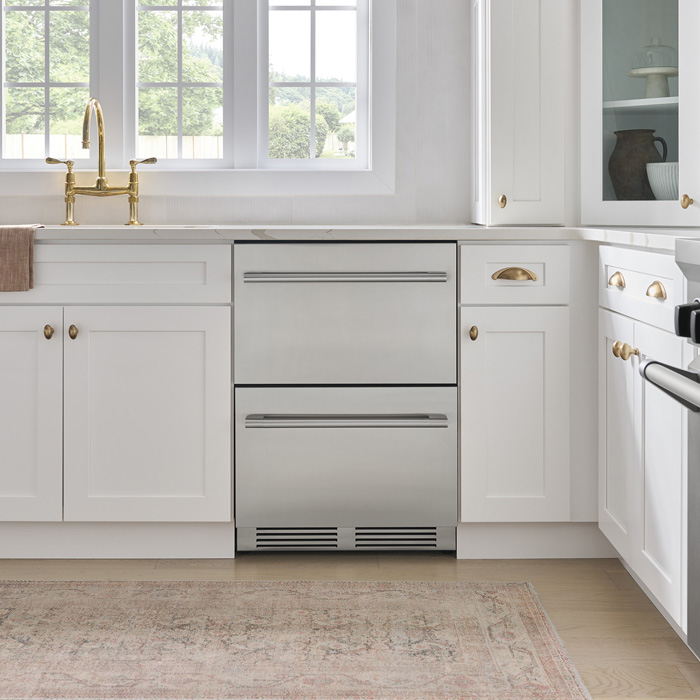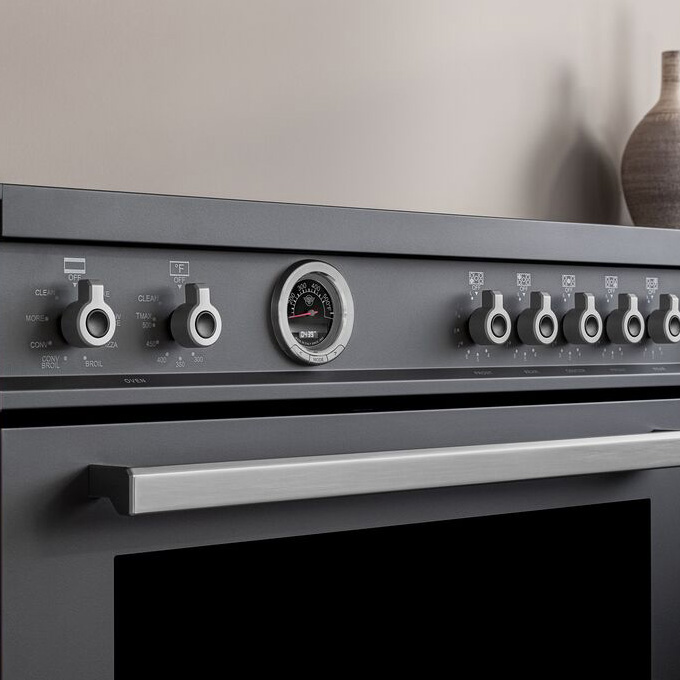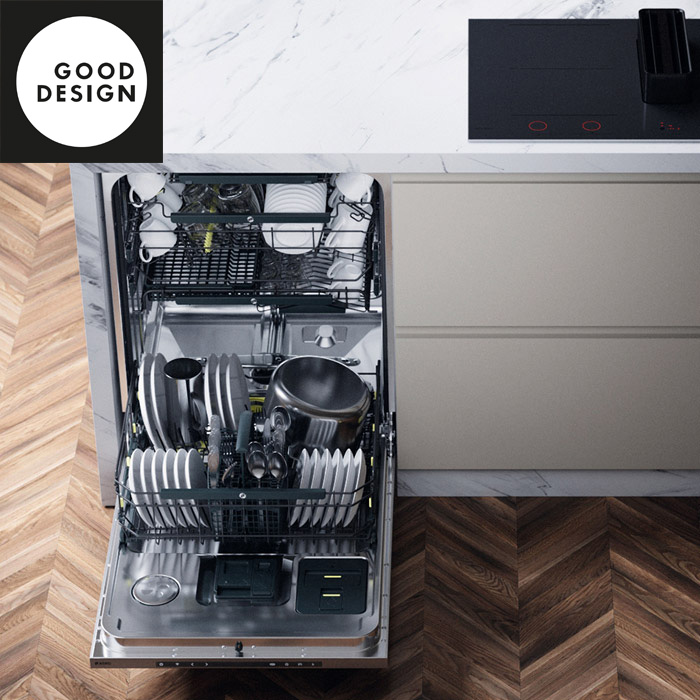
Which will be the best fit for your kitchen … a freestanding, integrated or built-in fridge?
17/01/2019
What’s behind the Huebsch’s long-standing popularity?
22/04/2019What makes an appliance truly eco-friendly?
The most pleasing choices you can make for your household can also be the most environmentally conscientious ones.
In North America, when we shop for appliances, energy efficiency is top of mind as the most obvious way to reduce our carbon footprint.
Energy efficiency isn’t the only thing that makes an appliance eco-friendly, though. If you want to make environmentally conscientious decisions for your home (or for your children’s future, or the future of the environment) there are other factors to consider.
Stricter environmental standards in Europe have led to product design, manufacturing, and even packaging that is more eco-conscious. So European appliance manufacturers have checked off some boxes that their North American counterparts haven’t dealt with, yet.
Which of these eco-friendly factors have you considered while selecting your home appliances?
Energy efficiency isn’t the only thing that makes an appliance eco-friendly, though. If you want to make environmentally conscientious decisions for your home (or for your children’s future, or the future of the environment) there are other factors to consider.
Stricter environmental standards in Europe have led to product design, manufacturing, and even packaging that is more eco-conscious. So European appliance manufacturers have checked off some boxes that their North American counterparts haven’t dealt with, yet.
Which of these eco-friendly factors have you considered while selecting your home appliances?
Eco-friendly factor #1: Tried and true Energy Star ratings
Keeping our eyes peeled for the blue and white Energy Star logo is likely an automatic reflex for most of us. Who doesn’t want to keep their energy bills under control?
Each nation that applies the Energy Star rating manages the testing and certification process. In Canada, Natural Resources Canada has that responsibility. Energy Star certified appliances are in the top 15% to 30% of their category for energy efficiency – and, importantly, this efficiency doesn’t come with any sacrifice in performance.
European brands have not trouble keeping up with Energy Star requirements. All of Bertazzoni’s dishwashers are Energy Star rated, as are 90% of all of Blomberg’s appliances. Zephyr, another European brand, has released three new models of Energy Star rated range hoods: the Siena Wall, the Vortex One-Piece Liner and the Twister Power Pack.
An Energy Star rating is good, but did you know that there is a Most Efficient category for top ranking appliances? Updated yearly, the list of Most Efficient appliances includes 78% of Blomberg’s laundry appliances and 55% of their dishwashers.
European brands have not trouble keeping up with Energy Star requirements. All of Bertazzoni’s dishwashers are Energy Star rated, as are 90% of all of Blomberg’s appliances. Zephyr, another European brand, has released three new models of Energy Star rated range hoods: the Siena Wall, the Vortex One-Piece Liner and the Twister Power Pack.
An Energy Star rating is good, but did you know that there is a Most Efficient category for top ranking appliances? Updated yearly, the list of Most Efficient appliances includes 78% of Blomberg’s laundry appliances and 55% of their dishwashers.
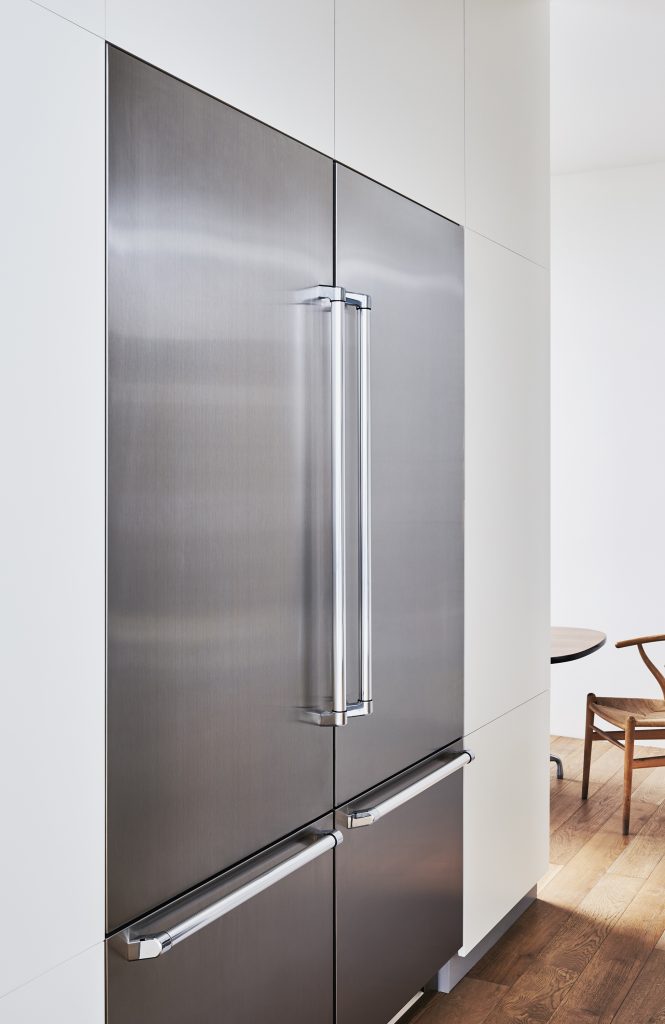
Eco-friendly factor #2: Manufacturing processes
Being eco-responsible is a key value for Blomberg, so it’s not surprising that their factories are ISO 14000 certified. This certification recognizes these manufacturing sites for their eco-responsible use of materials, energy and natural resources. In Guastalla, Italy, to reduce pollution the Bertazzoni factory practices energy efficient production techniques and reuses and recycles materials.
Eco-friendly factor #3: Materials used in production and packaging
Back in 2006, the European Union established the Restriction of Hazardous Substances. The RoHS has banned the use of hazardous materials in European appliances — including lead, a substance we definitely don’t want in our home environment, or in landfill.
And beyond the materials that go into the appliances themselves, EU standards stipulate that even the packaging that they are transported in has to be recyclable.

So, aside from the eco-responsible vision that European companies have expressed of their own volition, these appliance brands have been effectively steered towards developing environmentally aware designs.
For example, as little plastic as possible is used in Bertazzoni oven ranges, refrigerators and dishwashers. In fact, 99% of the materials in Bertazzoni’s appliances and the packaging they are delivered in are recyclable.
For example, as little plastic as possible is used in Bertazzoni oven ranges, refrigerators and dishwashers. In fact, 99% of the materials in Bertazzoni’s appliances and the packaging they are delivered in are recyclable.
Blomberg, for their part, incorporates recycled materials in their designs, and 95% of the components of their signature models are recyclable.
Eco-friendly factor #4: Being designed for high performance and a long life
High quality European appliance brands apply technology thoughtfully, with an eye to expanding the lifespan and functionality of their models. If an oven range is designed with non-essential digital components that wind up breaking down and having to be repaired or replaced, it’s more than just a hassle for you. It also reduces the lifespan of the appliance, making it destined for a landfill near you much sooner than you’d like.
Bertazzoni gas ranges are designed for high performance with no surplus electronic bells and whistles. It’s a pragmatic approach to design that results in better functionality for you and less unnecessary landfill waste.
An example of a technological innovation that cuts down on waste
The blue light technology used in Blomberg’s fridges. This light actually allows fresh produce to continue to photosynthesize, even while it’s refrigerated. That means your fruit and veggies stay fresh longer and retain their nutrients.
If you’ve seen any of the statistics on how much fresh food is wasted in North American you know that technology that leads to better nutrition and less food waste is really nothing to sneeze at.
The blue light technology used in Blomberg’s fridges. This light actually allows fresh produce to continue to photosynthesize, even while it’s refrigerated. That means your fruit and veggies stay fresh longer and retain their nutrients.
If you’ve seen any of the statistics on how much fresh food is wasted in North American you know that technology that leads to better nutrition and less food waste is really nothing to sneeze at.

European brands have also made an innovative move that has had great results in performance and product longevity by switching from AC to DC motors. First introduced by Edison, DC motors are very quiet. Fridges and dishwashers with this type of motor run all but soundlessly.
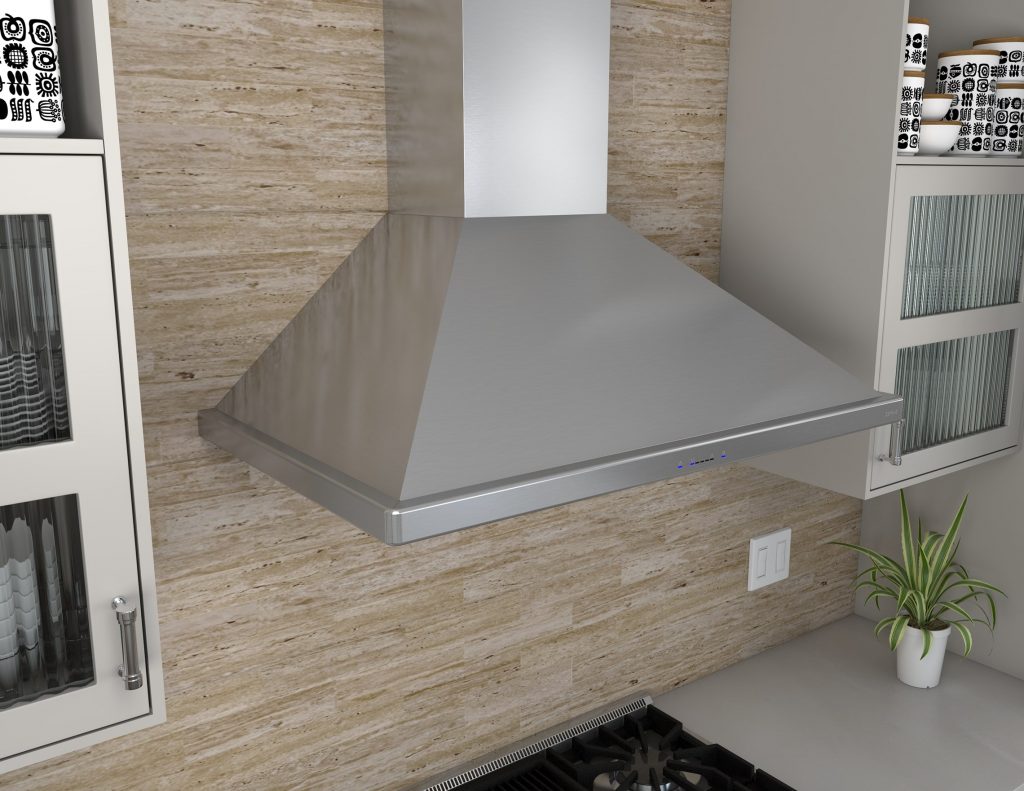
If you’re cooking with friends or family and you turn on an oven hood that runs on a DC motor, you won’t have to raise your voice to continue your conversation.
Nothing not to like, there! The fact that DC motors extend the lifespan of appliances is just another example of how going with European appliances is one way to step back from the planned-obsolescence consumerism that’s expanding destructive landfills.
Opting for a genuinely eco-responsible appliance means your household will be equipped with a long-lived, high performance asset for many years to come. What a beautifully efficient way to make an eco-friendly home for yourself and your loved ones!
Take a look at some eco-friendly appliance models….?
Take a look at some eco-friendly appliance models….?
